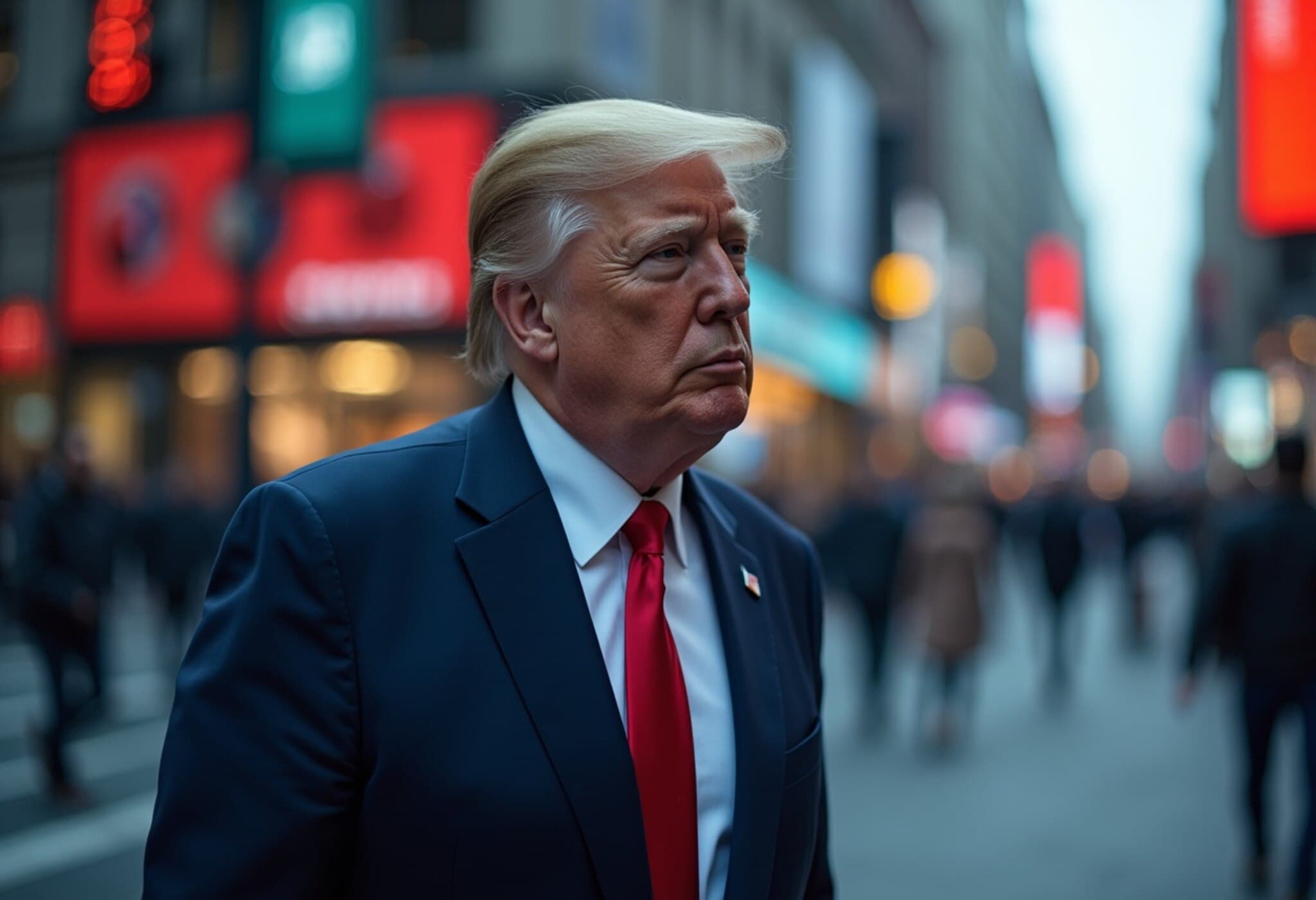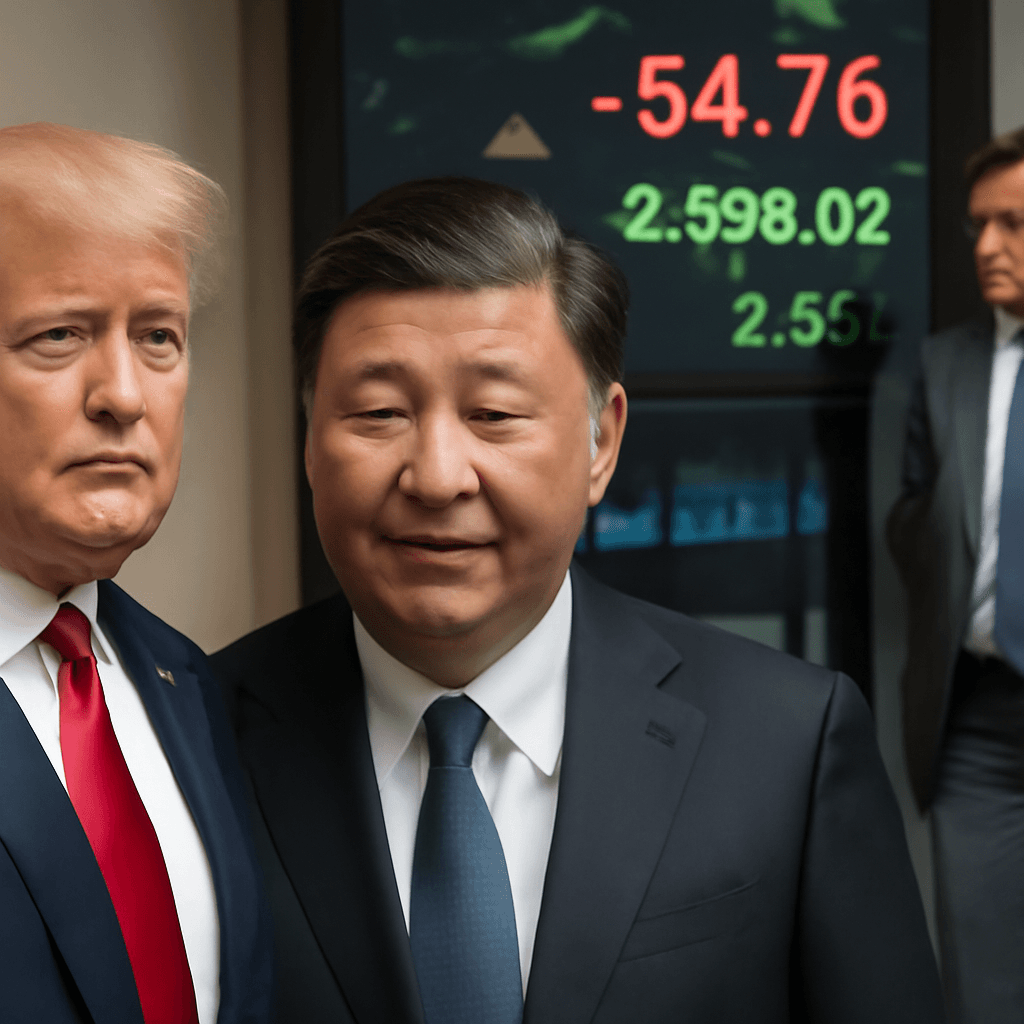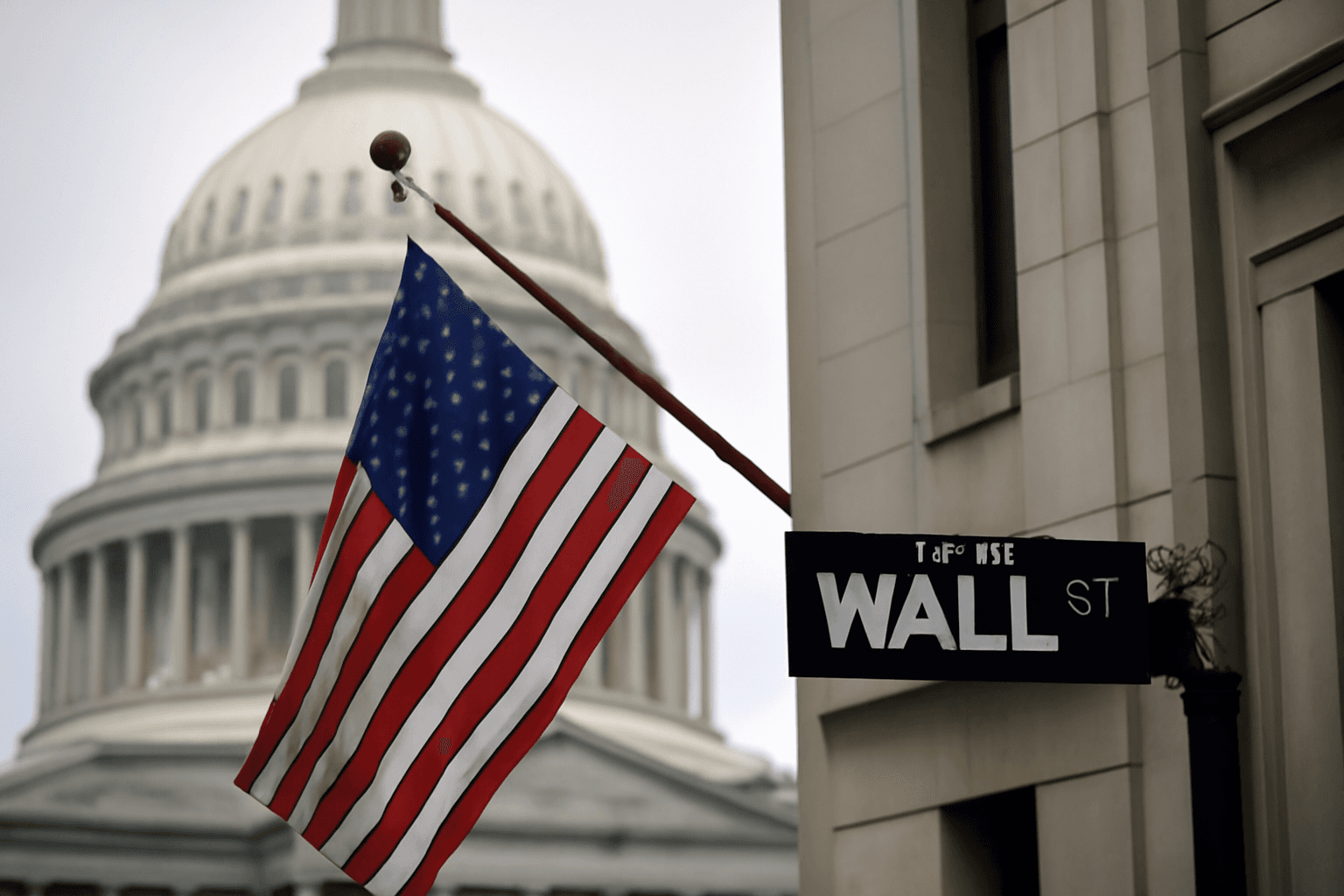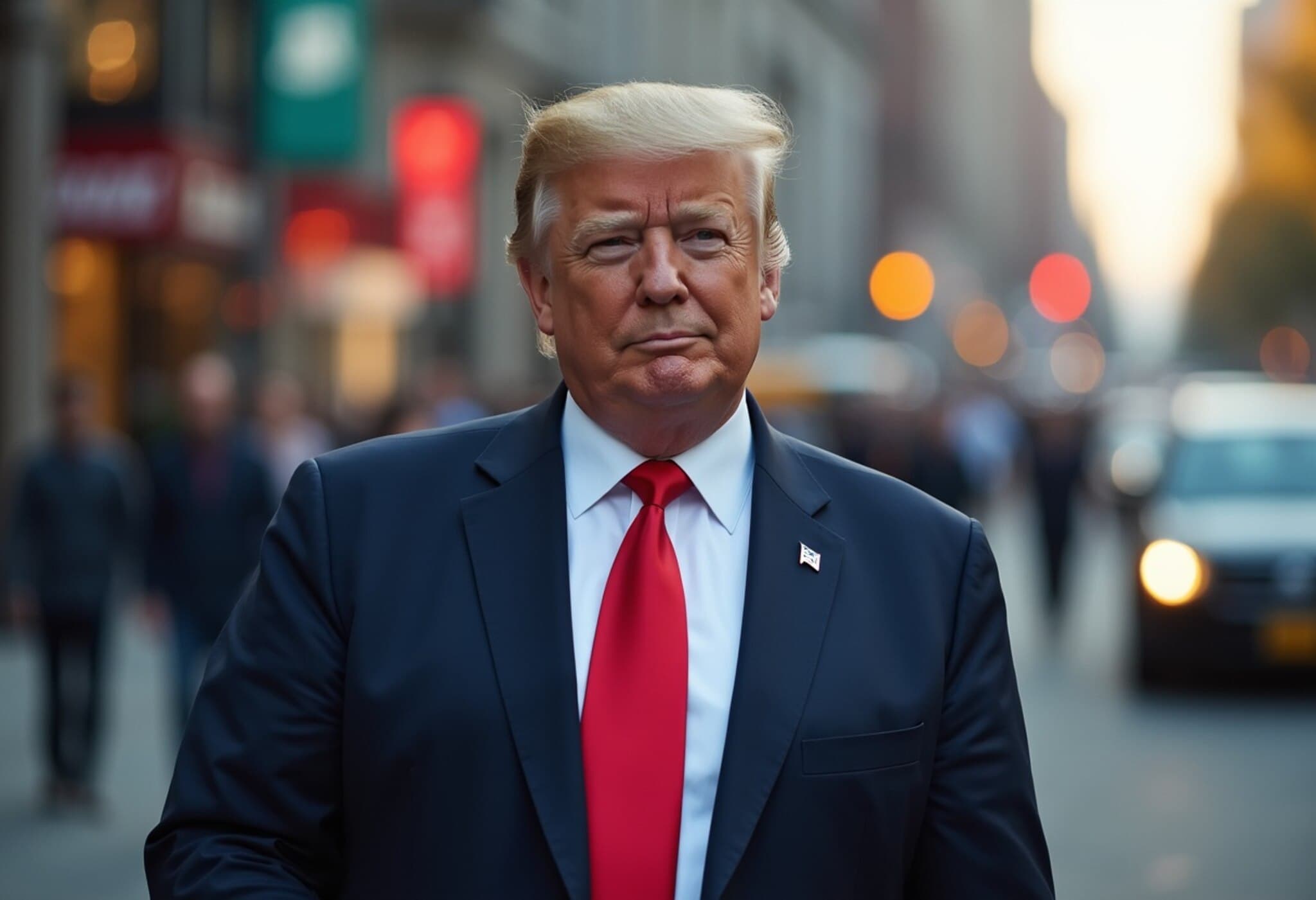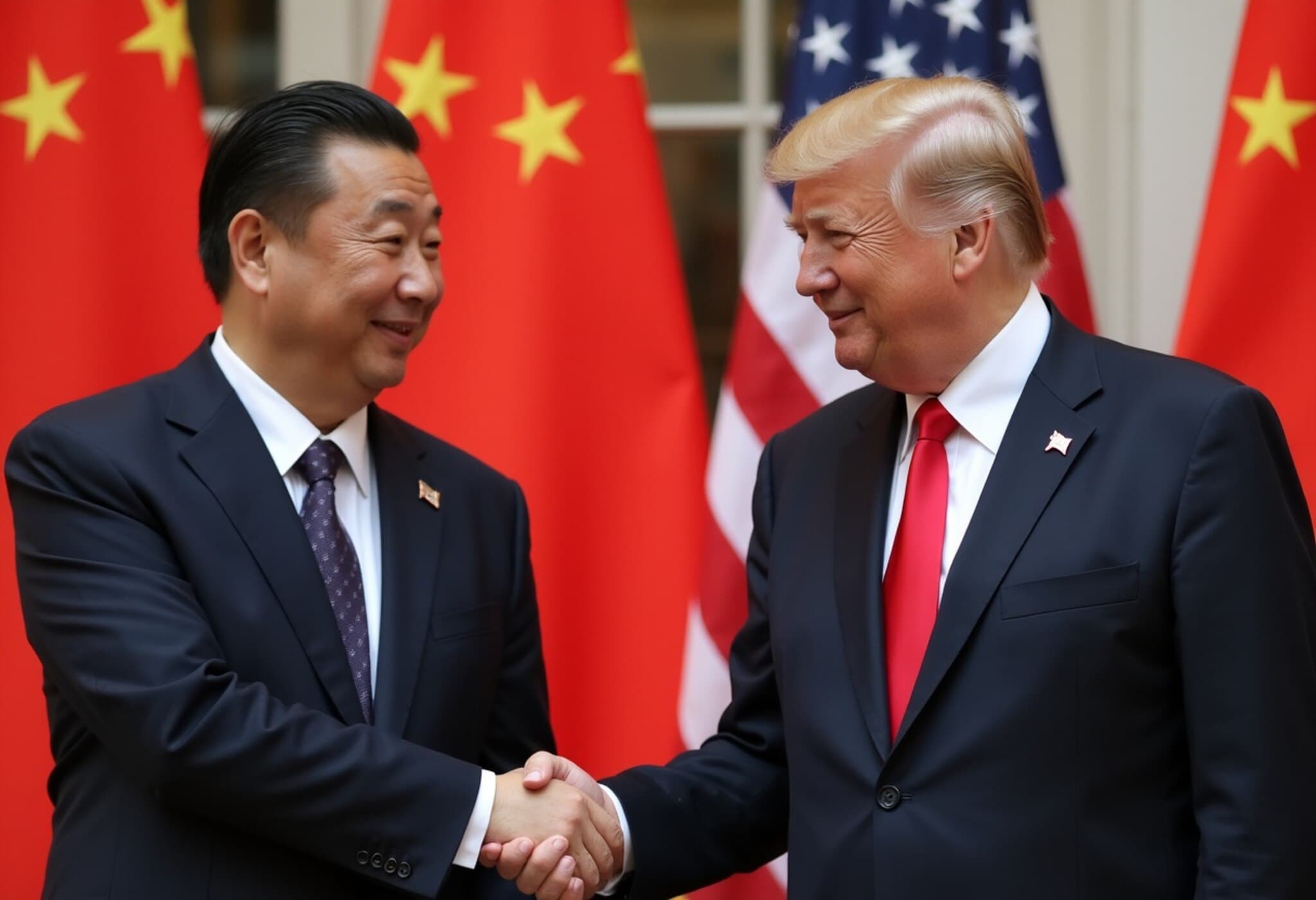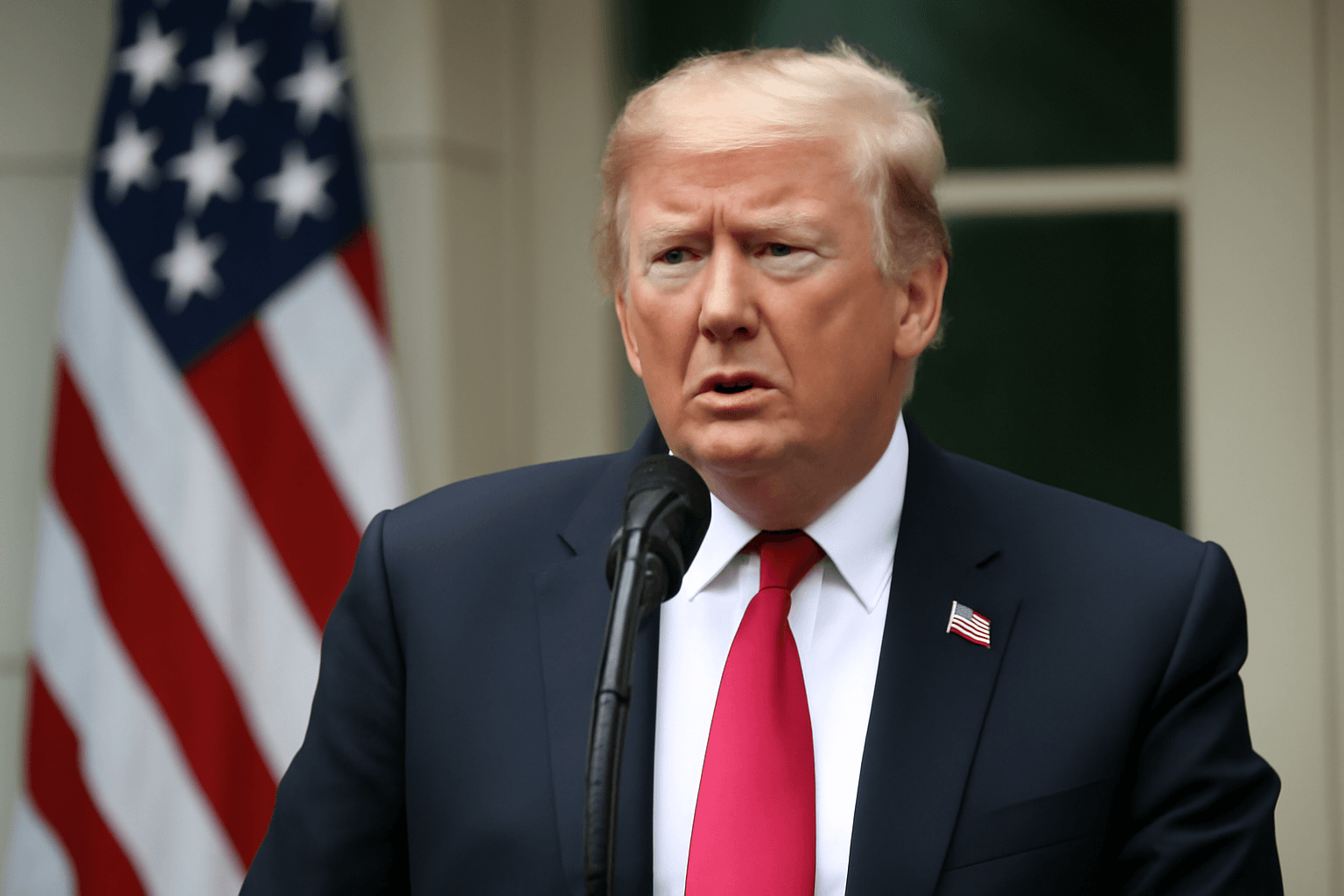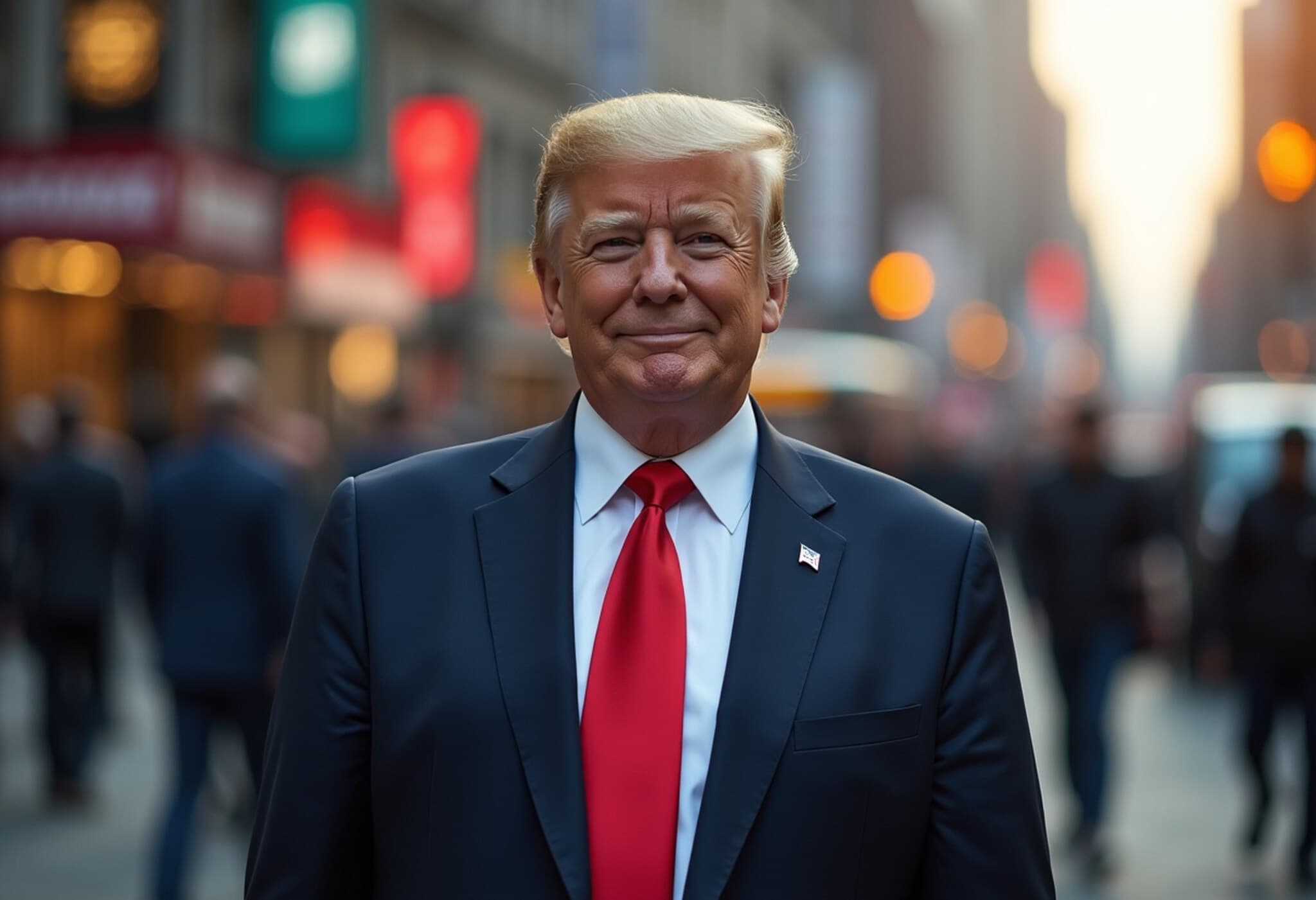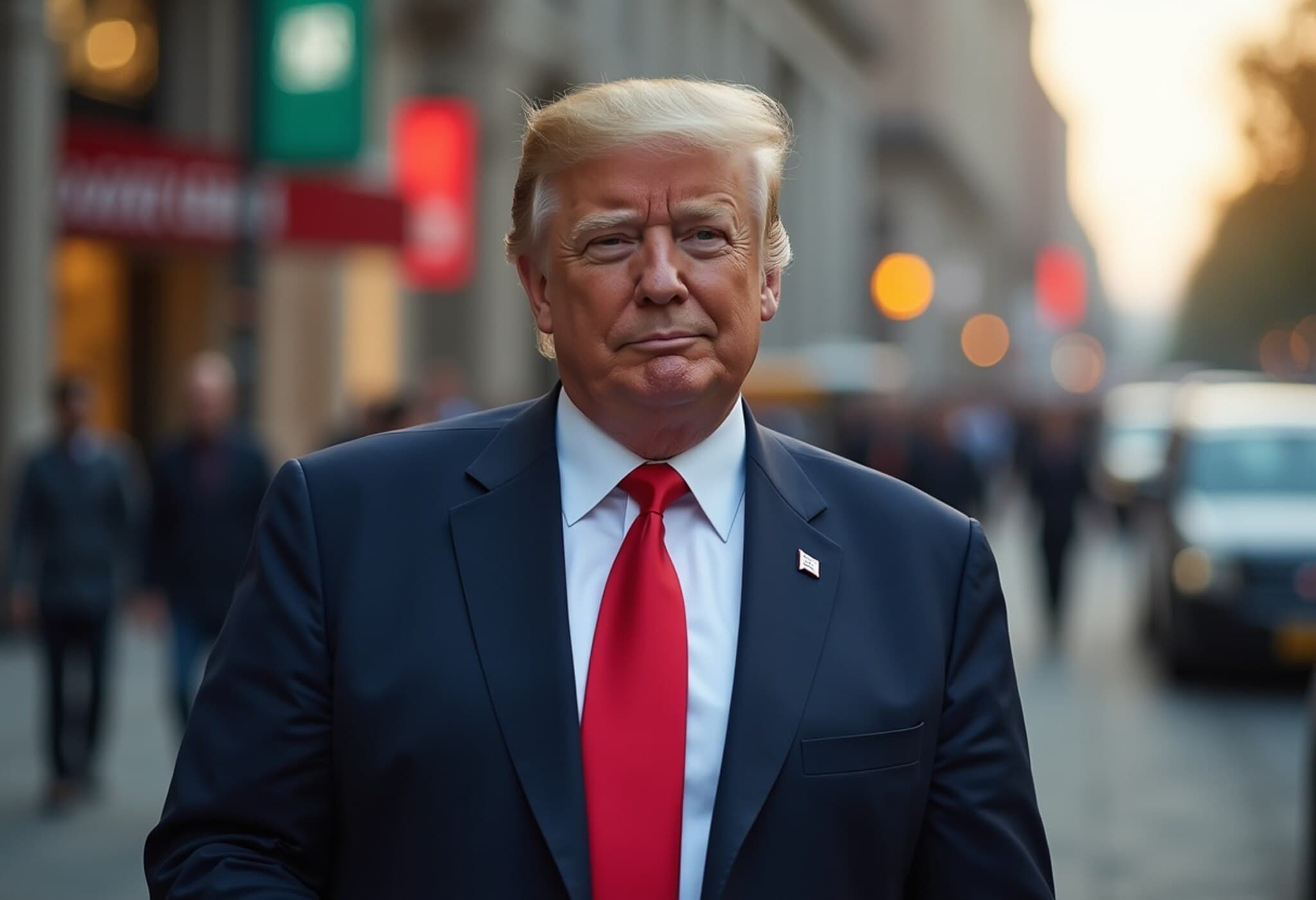EU-U.S. Trade Agreement Sends Euro Sliding, But Recovery Looms
The euro recently slid more than 2% against the U.S. dollar following the announcement of a new framework trade deal between the European Union and the White House. This sudden dip raises questions about whether the euro’s impressive rally against the dollar this year is finally losing steam. However, financial strategists and economists suggest this downward trend may only be temporary, with a potential rebound on the horizon as we approach 2026.
The Trade Deal’s Immediate Impact on the Euro
Jane Foley, head of foreign exchange strategy at Rabobank, highlights that the euro had already priced in significant positive developments earlier in the year. The EU-U.S. trade agreement has now served as a “reality check” for investors. While it forestalls a worst-case scenario of tariffs surging to 30%, the deal imposes a baseline tariff rate of 15%, which is notably higher than previous levels.
Economists warn that although this agreement reduces immediate trade tensions, it could act as a headwind for economic growth across the eurozone. The zone’s expansion was modest at just 0.1% in Q2 2025, while Germany’s GDP actually shrank by 0.1% during the same period. This stagnation suggests that the trade deal may weigh on economic momentum, even as Germany prepares increased fiscal spending to spur growth in the coming years.
Stronger U.S. Economy Fuels Dollar Resilience
In contrast, the U.S. reported a robust 3% GDP growth for Q2 2025, rebounding from a contraction earlier in the year. The relative strength in U.S. economic data supports the greenback’s recovery after a historic underperformance in the first half of the year.
Matthew Ryan, head of market strategy at Ebury, notes, “The market appears to believe the trade deal will hurt the EU economy more than help. Paired with America’s surprisingly resilient economic data, this creates an environment where the dollar rallies against the euro.”
Federal Reserve’s Cautious Stance and Its Influence
One critical factor influencing currency trends is monetary policy. While the Federal Reserve has so far remained cautious about lowering interest rates, there is evident division within its ranks. At the recent meeting, two out of eleven policymakers advocated for easing, causing the most notable discord among Fed officials since 1993.
Market pricing currently anticipates a quarter-point rate cut later this year, followed by two more rate reductions in the first half of 2026. Such moves could dampen the dollar’s strength, setting the stage for a euro comeback.
Meanwhile, the European Central Bank seems to be nearing the end of its rate hikes, with the terminal rate sitting around 2%. This divergence in monetary policy trajectories between the U.S. and Eurozone adds complexity to currency forecasts.
Looking Ahead: Euro’s Potential Upside in 2026
Rabobank strategists forecast a euro rally in the spring of 2026, potentially touching $1.20, a level not seen in four years. This would mark a substantial recovery from late 2024 when expectations of a stronger Fed pushed the euro towards parity with the dollar.
Holger Schmieding, chief economist at Berenberg, underscores that while near-term relief might stabilize the dollar, the broader economic and policy trajectory favors the euro gaining ground by early 2026. He highlights challenges faced by the U.S., such as protectionist policies, immigration restrictions, and fiscal imbalances, which could weigh on long-term growth.
Conversely, Europe’s reinvigorated fiscal policies and structural reforms—particularly in Germany—may narrow the economic growth gap between the continents, benefiting the euro.
Underreported Implications: Trade Policy and Investor Behavior
Goldman Sachs analysts emphasize that the new U.S. tariff baseline of 15% (up from 10%) could gradually suppress the dollar by tempering U.S. economic prospects and curbing foreign investment interest. Had trade tensions escalated further, safe-haven demand for the dollar might have surged, but the more manageable tariff environment encourages a less bullish outlook for the greenback.
This nuanced environment illustrates how geopolitics, trade policy, and monetary decisions intertwine to shape currency markets in unpredictable ways.
Key Takeaways
- The EU-U.S. trade agreement has temporarily weakened the euro by raising tariff baselines and dampening growth expectations.
- Robust U.S. economic data and cautious Fed policy have bolstered the dollar in the short term.
- Monetary divergence and fiscal reforms imply a possible euro resurgence by 2026, potentially reaching $1.20.
- Long-term U.S. challenges like trade protectionism and unsustainable fiscal policies could erode greenback strength.
- Market volatility underscores the complex interplay of trade deals, central bank actions, and geopolitical risks.
Editor’s Note
As investors digest the implications of the new EU-U.S. trade framework, important questions remain: Will the tariff adjustments permanently slow Eurozone growth? Can the U.S. maintain its resilient economic momentum amid political and fiscal uncertainties? And how might evolving trade relations continue to influence currency dynamics in a globalized economy? Watching these developments closely will be crucial for market participants seeking to navigate the still-shifting landscape of international finance.



